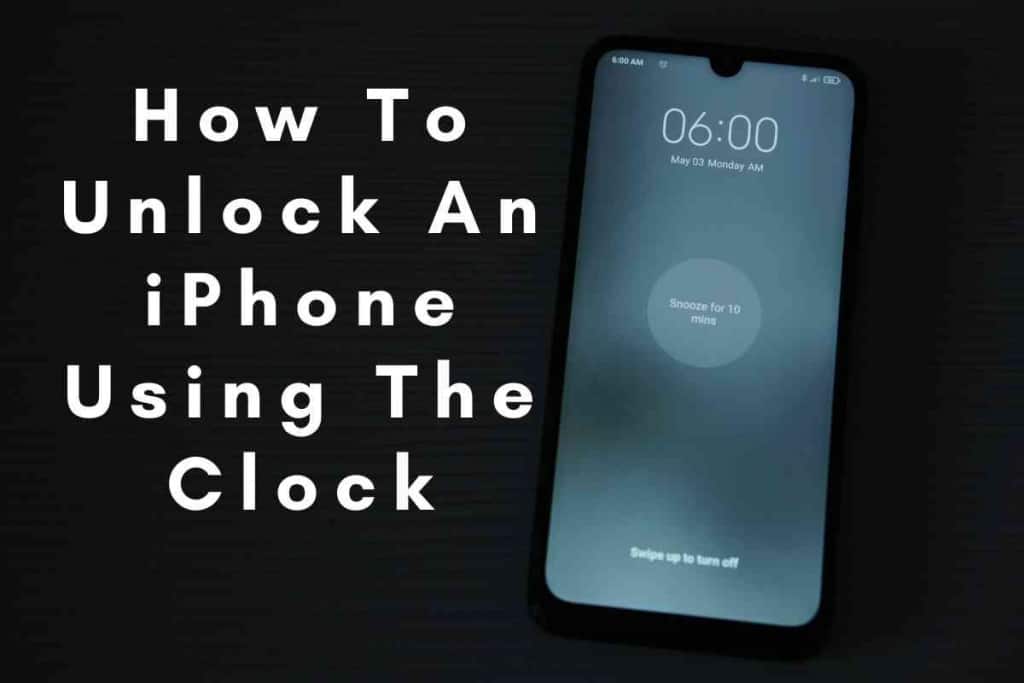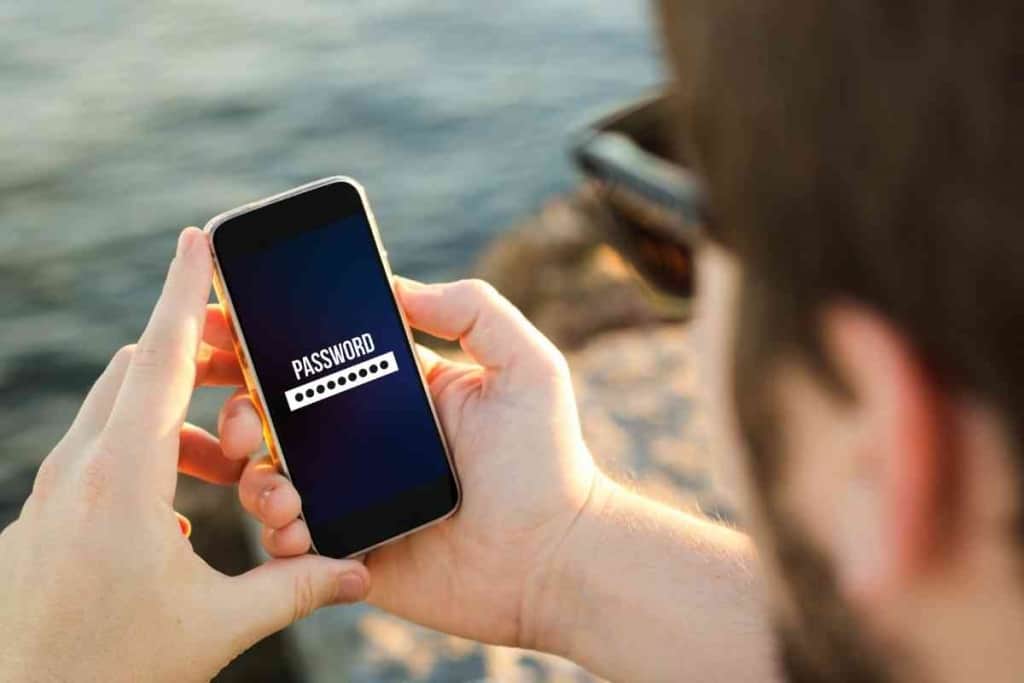How To Unlock An iPhone Using The Clock
There are many questions that people have about their iPhones. One of the most common questions is whether or not it is possible to unlock the phone using the clock. In this blog post, we will explore this question and provide an answer. We will also discuss some of the other methods that can be used to unlock an iPhone. Keep reading to learn more!

Table of Contents
- Can you unlock an iPhone through the clock?
- Ways to Unlock an iPhone
- What To Do If You’ve Forgotten Your iPhone Password
Can you unlock an iPhone through the clock?
Despite what some videos on the internet might say, you cannot unlock an iPhone from the clock. While it may be possible to trick the iPhone’s software into thinking it’s unlocked, this is only a temporary solution that will eventually stop working.
Moreover, attempting to unlock an iPhone from the clock can result in serious damage to the phone, including rendering it permanently inoperable. If you’re looking to unlock your iPhone, your best bet is to contact your carrier or use a reputable third-party service. But whatever you do, don’t try to do it from the clock.
Ways to Unlock an iPhone
There are a few different ways to unlock an iPhone. The most common and reliable method is to contact your carrier and request an unlock. In most cases, carriers will only unlock an iPhone for customers who have completed their contract or paid off their device in full.
Once your carrier has confirmed that your iPhone is eligible for unlocking, they will provide you with a code that you can use to unlock the device.
Another option for unlocking an iPhone is to use a third-party service. There are many companies that offer this type of service, and they usually charge a fee for their services. However, if you’re looking for a reliable and reputable company to unlock your iPhone, we recommend using DoctorUnlock.net.
They have a proven track record of success and offer a money-back guarantee if they are unable to unlock your device.
Finally, it’s also worth noting that some newer iPhones come with an “integrated” SIM card that cannot be removed or replaced. In this case, the only way to unlock the device is to contact your carrier or use a third-party service.
Using Fingerprint
The iPhone has a built-in fingerprint sensor that can be used to unlock the device. This feature is turned on by default, and it is the most secure way to unlock your iPhone. To use the fingerprint sensor, you must first add your fingerprint to the Touch ID system. This can be done by going to the Settings app and opening the Touch ID & Passcode settings.
Once you have added your fingerprint, you can simply place your finger on the Home button to unlock your phone. The Touch ID system is very accurate, and it is very unlikely that someone will be able to unlock your phone using your fingerprint without your permission.
Passcode
Many people are concerned about privacy when it comes to using their fingerprints to unlock their phones. However, did you know that you can also use a passcode? If you don’t want to use your fingerprint, you can go into your settings and enable a passcode.
This will give you an extra layer of security. You can also choose to use a different passcode for each app.
For example, you could use a four-digit code for your email and a six-digit code for your social media apps. This way, even if someone knows one of your codes, they won’t be able to access all of your information.
So don’t worry about privacy, there are plenty of ways to keep your data safe.
Face ID

Apple’s “Face ID” is a new security feature that uses facial recognition to unlock your phone.
To set up Face ID, you first need to register your face with the iPhone’s built-in TrueDepth camera
Once your face has been registered, you can then use Face ID to unlock your phone by simply looking at it. Face ID can also be used to authenticate Apple Pay transactions and to access secure apps.
In addition, Face ID can be used to create Animoji and Memoji characters that mirror your own facial expressions. Overall, Face ID is a convenient and secure way to unlock your iPhone.
Accessing Apple ID
Your Apple ID is the account you use to access all Apple services and make purchases from the App Store, iTunes Store, and Apple Books. If you’ve forgotten your Apple ID or need help resetting your password, you can find it here. To sign in with your Apple ID on a new device, follow these steps:
- Open the Settings app.
- Tap Sign in to your [device].
- Enter your Apple ID and password.
- Tap Sign In. If you have two-factor authentication turned on for your Apple ID, you’ll also need to enter a verification code.
- Once you’re signed in, you can start using Apple services that require an Apple ID.
What To Do If You’ve Forgotten Your iPhone Password
If you’ve forgotten your iPhone password, there are a few steps you can take to recover it.
First, try resetting your password via Apple’s website. You’ll need to enter your Apple ID, as well as some other personal information.
If that doesn’t work, you can also try contacting Apple’s customer support line. They may be able to help you reset your password over the phone. Finally, if all else fails, you can always restore your iPhone to its factory settings. This will erase all of your data, so be sure to back up your device first.
But it will also allow you to set a new password and start fresh. If you’ve forgotten your iPhone password, these are a few steps you can take to recover it.
Updating Your iOS Software
One of the most important things you can do to keep your iPhone secure is to keep your iOS software up to date.
Apple regularly releases updates to its operating system that patch security vulnerabilities and fix bugs.
To check for updates, simply open the Settings app and tap General -> Software Update. Your phone will then check for updates and prompt you to install any that are available.
It’s important to install these updates as soon as possible, as they can help protect your device from security risks.